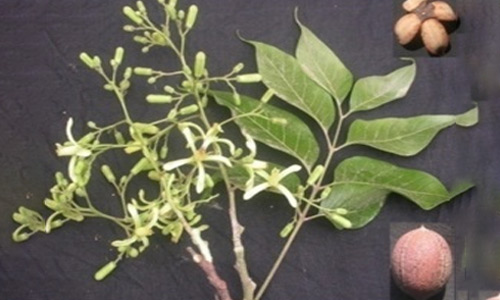We value your privacy
We use cookies to enhance your browsing experience, serve personalized ads or content, and analyze our traffic. By clicking "Accept All", you consent to our use of cookies.
We use cookies to help you navigate efficiently and perform certain functions. You will find detailed information about all cookies under each consent category below.
The cookies that are categorized as "Necessary" are stored on your browser as they are essential for enabling the basic functionalities of the site. ...
Necessary cookies are required to enable the basic features of this site, such as providing secure log-in or adjusting your consent preferences. These cookies do not store any personally identifiable data.
No cookies to display.
Functional cookies help perform certain functionalities like sharing the content of the website on social media platforms, collecting feedback, and other third-party features.
No cookies to display.
Analytical cookies are used to understand how visitors interact with the website. These cookies help provide information on metrics such as the number of visitors, bounce rate, traffic source, etc.
No cookies to display.
Performance cookies are used to understand and analyze the key performance indexes of the website which helps in delivering a better user experience for the visitors.
No cookies to display.
Advertisement cookies are used to provide visitors with customized advertisements based on the pages you visited previously and to analyze the effectiveness of the ad campaigns.
No cookies to display.
|
Division
|
Angiosperms |
|
Class
|
Dicotledons |
|
Subclass |
Polypetalae |
|
Series |
Disciflorae |
|
Order |
Geraniales |
|
Family
|
Meliaceae |
|
Genus
|
Chukrasia |
|
Species
|
tabularis |

|
Etymology:
|
The name is derived from Hindi name of the tree, Chukrasi – “Chickrassy wood” of commerce. |
|
Botanical name:
|
Chukrasia tabularis A. Juss. (C. velutina Wight. & Ann.). |
|
Local/Trade Names: |
Chittagong Wood, Chikrassi, Chukrasia, Bastard Cedar, East Indian Mahogany |
|
Conservation status:
|
Commonly planted as avenue tree. |
|
Digonestic features:
|
Bark dark brown; blaze exfoliating into pink. |
|
Description: |
A large tree, usually deciduous. Bark dark brown; blaze exfoliating into pink coloured papery rolls. Leaves pinnately compound; leaflets 10-24, unequal-sided, 5-10 cm long, ovate or elliptic-lanceolate, slightly hairy beneath. Flowers white or pale-yellowish, ca 1 cm across. Fruit a capsule, ovoid, 2.5-3 cm long, 3-valved, woody. Seeds numerous, winged. |
|
Phenology: |
Fls.: During hot and rainy season. Frts.: Nov.-Dec. It sheds leaves during the winter. |
|
Distribution:
|
India, Bangladesh and Mayanmar. |
|
Where to see it: |
Gate no. 2 side. |
|
Uses: |
Wood is lustrous possessing an attractive mahogany-like figure. Used for high class furniture, paneling and decorative work; also for plywood, laminated boards, canoes and cooperage. Young leaves and bark contain 22% and 15% tannin respectively. Tree exudes a water soluble reddish or amber coloured gum. |
Chief Conservator of Forests & Chief Wildlife Warden is the Head of the Department. There is one post of Conservator of Forests & two posts of Deputy Conservator of Forests viz.